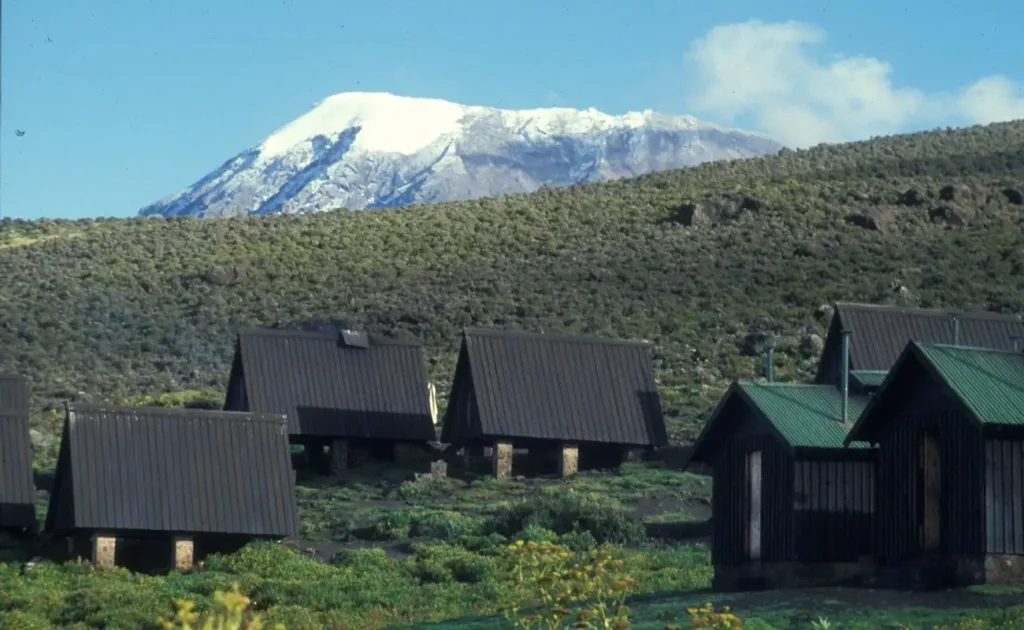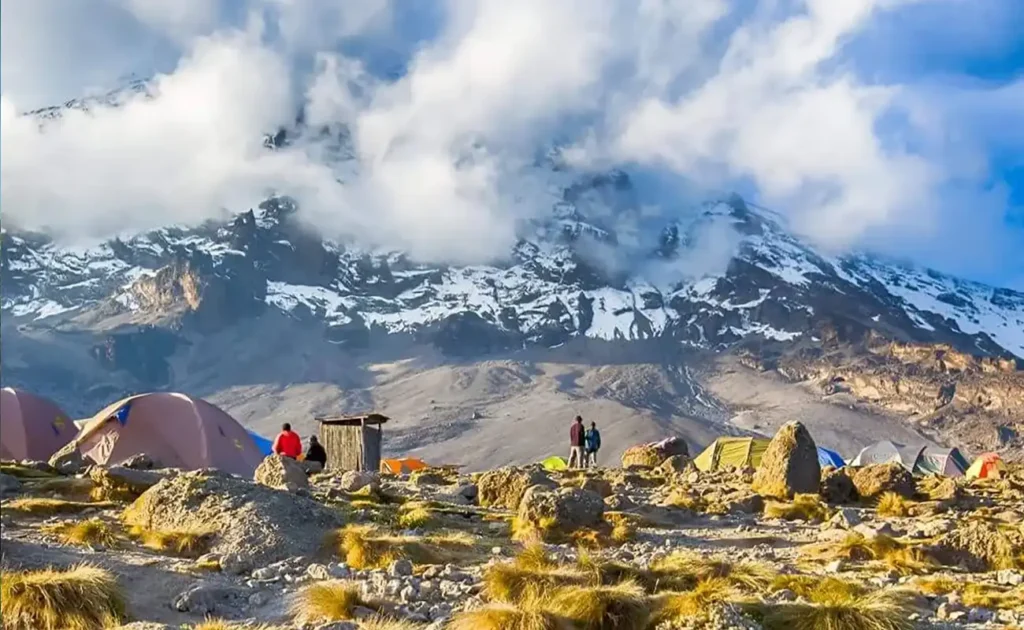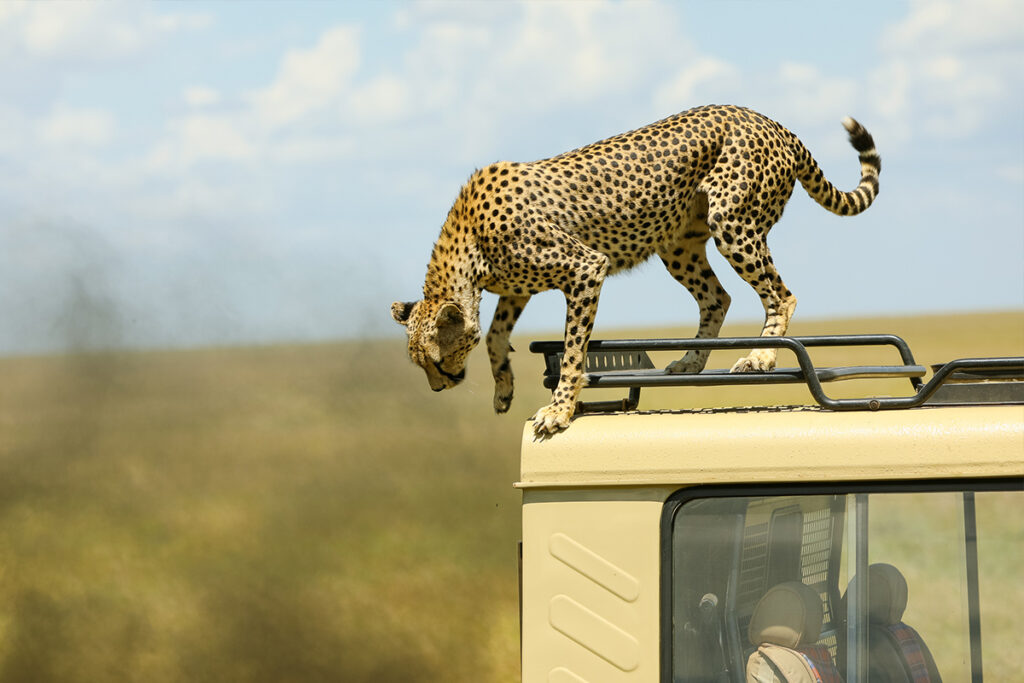Legend has it that when the first explorers arrived at Lake Manyara, they were greeted not by the sound of wildlife, but by the sight of a seemingly endless pink horizon. It’s this extraordinary congregation of flamingos, a veritable pink paradise, that continues to captivate ornithologists today. With these majestic birds often numbering in the thousands, their presence creates a tapestry of color against the lake’s shimmering waters.
Renowned for its rich biodiversity, Lake Manyara isn’t just a haven for flamingos but a vital part of Tanzania’s ecological fabric. This alkaline lake provides an ideal habitat rich in algae, the primary food source for these birds. Such a thriving environment supports over 300 bird species, underscoring Lake Manyara’s role as a critical conservation site under the Ramsar Wetlands Convention.

Flamingos at Lake Manyara: A Pink Paradise for Bird Lovers
Lake Manyara, nestled in Tanzania, offers a breathtaking sight of thousands of flamingos. These pink-feathered beauties gather in vast numbers, creating a vibrant pink carpet over the water. This spectacle isn’t just a visual treat but also highlights the lake’s rich ecosystem. Flamingos flock here to feed on the algae that thrive in the lake’s alkaline waters. This natural habitat sustains their diet and supports their vibrant plumage.
The seasonal migration of flamingos to Lake Manyara is a natural wonder. Bird enthusiasts and nature lovers flock to this site to witness the spectacle. Each year, the numbers fluctuate, but the sight is always mesmerizing. It’s not uncommon to see photographers and researchers documenting this event. The sheer volume of flamingos can sometimes reach up to two million.
Preservation efforts are crucial for maintaining this pink paradise. Various organizations work tirelessly to protect the delicate balance of Lake Manyara’s ecosystem. Conservation programs focus on preserving the habitat and ensuring the flamingos’ food sources remain abundant. Local communities are also engaged in these efforts. Education and awareness campaigns are vital parts of conservation here.
If you plan to visit Lake Manyara, there are a few tips to keep in mind. Early morning or late afternoon are the best times to see flamingos. Bring binoculars for a better view, as getting too close might disturb the birds. It’s also wise to hire a local guide. They can provide valuable insights and enhance your birdwatching experience.
Exploring the Vibrant Ecosystem of Lake Manyara
Lake Manyara is a wildlife hotspot, offering diverse habitats that support a myriad of species. From the aquatic life teeming beneath its waters to the lush forests surrounding the lake, nature thrives in harmony here. The park is home to more than 400 bird species, including the magnificent flamingos. These birds are drawn to the lake for its abundance of algae, their main food source. Visitors often marvel at the variety of winged inhabitants.
Besides birds, Lake Manyara hosts an array of mammals, including elephants, hippos, and giraffes. The surrounding forests provide shade and sustenance for these animals. Adventurers often enjoy spotting tree-climbing lions, a rare and unique sight. The wildlife coexists with the park’s breathtaking landscape. This biodiversity makes Lake Manyara a cherished destination for nature enthusiasts.
Let’s look at some noteworthy species residing here:
- Flamingos
- Hippos
- Lions
- Elephants
- Baboons
The park’s ecosystem is a delicate balance maintained through conservation efforts. Researchers and conservationists work to protect the flora and fauna, ensuring a stable environment. Efforts include monitoring animal populations and restoring habitats. Education programs inform locals and visitors about the significance of sustainability. Such initiatives are vital for Lake Manyara’s future.
The Flamingo Migration: A Seasonal Spectacle
Each year, Lake Manyara becomes the stage for one of nature’s most breathtaking performances. Flamingos flock here in staggering numbers, creating a pink blanket over the shimmering water. This migration isn’t just about beauty; it’s a crucial part of the ecosystem. As the seasons change, these birds travel miles to find the algae-rich waters that sustain them. The sight of millions of flamingos arriving elevates the lake’s vibrancy.
During migration, flamingos travel in flocks that can darken the sky. They fly in a V-formation, which helps them conserve energy. Their journey is a testament to their endurance and resilience. Despite challenges, these birds navigate vast distances with incredible precision. For birdwatchers, timing the visit to see this spectacle is a must.
Migratory patterns depend on weather and water levels, making timing crucial for witnessing this event. Generally, the flamingo migration peaks after the rainy season. Lake levels rise, encouraging algae growth, which attracts the birds. Visitors should plan trips during these peak periods. This ensures a chance to see the flock at its fullest.
A few facts about flamingo migration:
- Flamingos can cover distances of up to 600 kilometers in one night.
- They use the stars to navigate their path.
- The largest flamingo migrations can involve over two million birds.
Conservation Efforts to Protect the Flamingo Population
Protecting the flamingo population at Lake Manyara requires dedication and strategic action. Many organizations and governments work together to ensure a safe haven for these birds. Conservationists focus on preserving the natural habitats that the flamingos depend upon. Changes in water quality and vegetation can greatly impact flamingo survival. Therefore, monitoring these factors is essential to maintain a balanced ecosystem.
One way to support the flamingo population is by controlling pollution. This ensures that the lake remains rich in algae, a critical food source. Local communities participate in clean-up campaigns to preserve the lake’s pristine conditions. Education programs teach residents about the impact of pollution. The aim is to foster a culture of environmental responsibility.
This table highlights the primary goals of conservation efforts:
| Goal | Description |
|---|---|
| Habitat Preservation | Ensuring the lake’s natural environment remains intact. |
| Pollution Control | Reducing contaminants to keep the lake healthy. |
| Community Involvement | Educating and engaging locals in conservation activities. |
Conservation also involves scientific research. Researchers study the flamingos’ migratory patterns and behavior to understand their needs better. Tracking devices are sometimes used to monitor their movements across vast distances. This information helps in planning effective protection strategies. By understanding these birds more, measures can be taken to protect them effectively.
Success stories from other conservation sites offer valuable insights. They inspire similar actions and reflect the potential of collective effort. Keeping Lake Manyara a sanctuary for flamingos not only benefits the birds but also enriches biodiversity. Future generations can enjoy this natural wonder. Supporting the conservation initiatives brings hope and excitement to all who love nature.
Visiting Lake Manyara: Tips and Best Practices for Birdwatching
Exploring Lake Manyara, a birdwatcher’s paradise, offers an unforgettable experience. With its rich diversity of bird species, it promises sights that thrill enthusiasts and novices alike. To make the most of this adventure, consider visiting during the early morning or late afternoon. These times are ideal because birds are most active, increasing your chances of spotting them. Also, you’ll enjoy the beautiful lighting for photography.
A pair of reliable binoculars is important to let you see distant birds clearly. Wearing comfortable shoes can make a big difference as you may walk along trails to spot various species. Protective clothing and a wide-brimmed hat can shield you from the sun. It’s wise to bring enough water and snacks to stay hydrated and energized. Remember to keep quiet to avoid startling the birds.
A local guide can enhance your birdwatching experience significantly. They know the best spots and can help identify birds by their calls and behaviors. Guides also share fascinating insights about the local ecosystem and its inhabitants. Hiring a guide supports the local economy. It’s a win-win for everyone involved.
Tips to ensure a successful birdwatching trip:
- Arrive early for the best sightings.
- Carry a bird guidebook to help identify species.
- Pack a camera with a zoom lens for great photos.
- Be patient and move slowly to increase sighting chances.
- Respect nature and leave no trace behind.
The Role of Lake Manyara in Tanzania’s Biodiversity
Lake Manyara plays a crucial role in supporting Tanzania’s rich biodiversity. Its unique ecology sustains a variety of life forms, making it a significant natural habitat. This lake not only provides a home for numerous bird species but also for other wildlife such as hippos, giraffes, and elephants. The forests and grasslands surrounding the lake further boost its ecological diversity. Consequently, this area serves as a natural laboratory for ecological studies and conservation efforts.
The lake’s importance extends beyond offering a habitat to its inhabitants. It acts as a water source for animals migrating during the dry season. This benefits several species, ensuring survival during tough conditions. As a result, Lake Manyara remains a key component in the migratory corridors of Eastern Africa. It helps maintain the balance within this intricate ecosystem.
Here’s a look at some of the contributions of Lake Manyara:
- Serves as a refuge for threatened species.
- Supports diverse plant life that absorbs carbon dioxide.
- Provides research opportunities on ecological interactions.
- Sustains large populations of aquatic wildlife.
The local communities also benefit from the lake in many ways. Fishing provides sustenance and economic stability to nearby villages. Eco-tourism brings visitors, fostering educational exchange and tourism revenue. This income encourages community-led conservation initiatives. By understanding the importance of preserving the lake, everyone can contribute to Tanzania’s sustainable future.
Key Takeaways
- Lake Manyara is home to millions of stunning flamingos.
- Flamingos feed on algae in alkaline lake waters.
- This pink phenomenon attracts bird experts worldwide.
- The event highlights the lake’s ecological importance.
- Lake Manyara supports diverse and vibrant wildlife.



